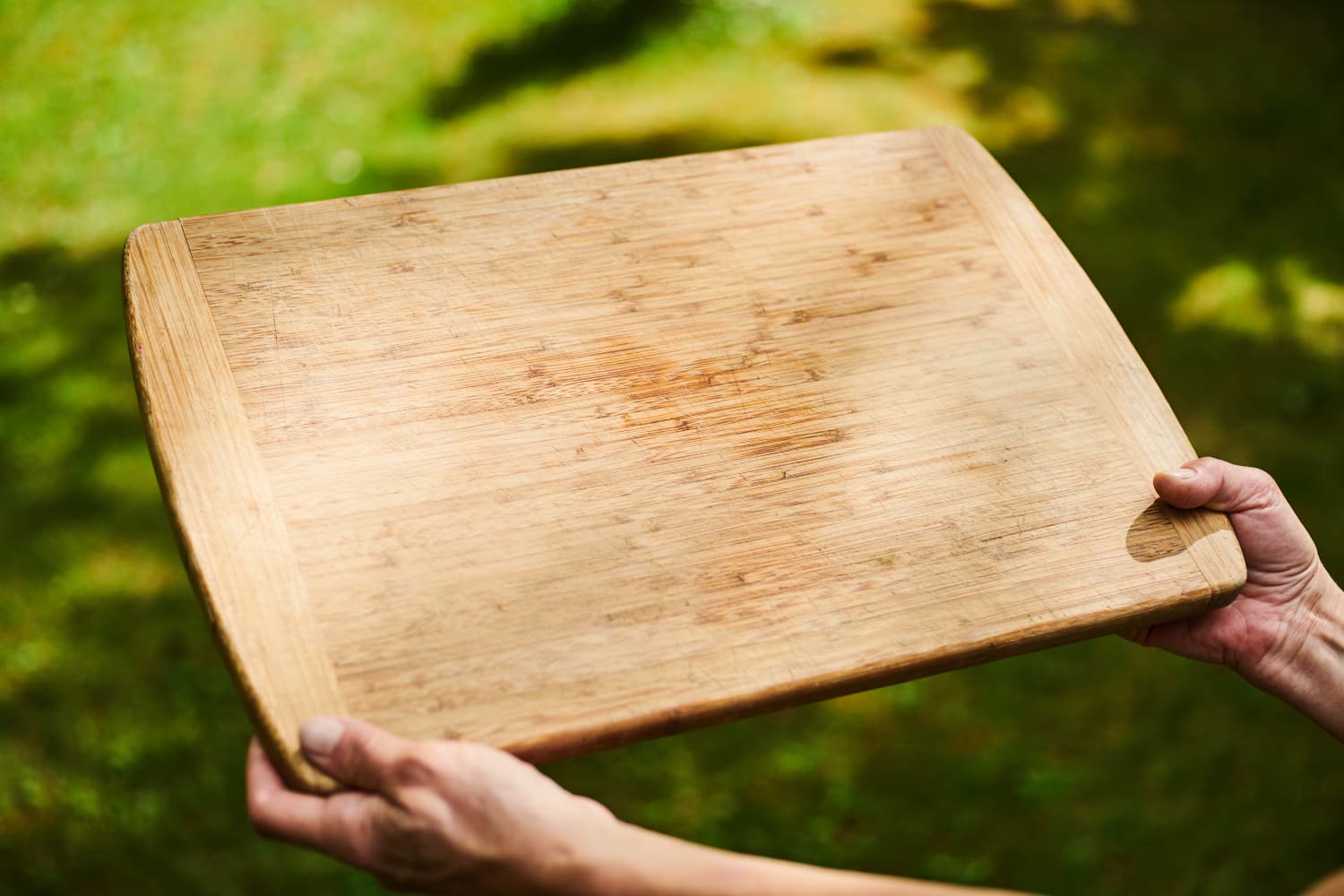
"Avoid prolonged exposure to moisture. Raw poultry on a wooden cutting board is not a good idea, but that's not the only bacterial red flag. Soaking boards or letting them stay wet for too long can cause problems, too. "Don't let your boards stay wet," Ware warns. "Moisture and temperature changes are really bad for wood, in terms of bacterial growth.""
"Oiling wooden work surfaces - and kitchen tools like wooden spoons - is non-negotiable for long-term care. "This will help with knife cuts and dryness, which will keep your boards around for a long time," Carrell explains. It also provides a protective sealant layer to keep the porous wood from soaking up bacteria and funky smells. Ware always adds rubber feet to the bottom of his custom-made boards. Not only does it stop them from sliding around on the counter,"
Wooden cutting boards require prompt drying, regular oiling, and avoidance of prolonged moisture to prevent bacterial growth and warping. Do not soak boards or leave them wet; raw poultry should not be prepared on wood due to contamination risk. Apply food-safe oil regularly to heal knife cuts, prevent dryness, and form a protective seal that reduces absorption of bacteria and odors. Add rubber feet or elevate boards to improve airflow, promote even drying, and prevent slipping. Routine cleaning, sanitizing, and periodic maintenance extend board lifespan and preserve appearance and function.
Read at Apartment Therapy
Unable to calculate read time
Collection
[
|
...
]